Introduction to Semi-Trailer Trucks
Semi-trailer trucks, the imposing giants of the road, serve as the backbone of our modern freight and transportation systems. In an era where efficiency and performance are paramount, understanding their origins is essential to appreciating their present-day utility and future potential.
When Were Semi-Trailer Trucks Invented?
The invention of semi-trailer trucks can be traced back to the early 20th century. While the concept of transporting goods by mechanized vehicles predates this period, it was the ingenuity of engineers and the evolving needs of businesses that led to the development of the semi-trailer truck as we know it today.

The Evolution from Horse-drawn Wagon to Motorized Transport
The late 19th century saw the transition from horse-drawn wagons to motorized vehicles. The first notable designs resembling semi-trailers appeared in the early 1900s. A key milestone occurred in 1914 when the first commercially successful semi-trailer was developed by the Schenker Company. This design utilized a towing vehicle known as a “tractor” to pull a semi-trailer, which had its own wheels and could be detached easily.
The Role of Advancements in Technology
Technological innovations played a pivotal role in the semi-trailer truck’s development. The introduction of powered trucks in the early 1900s, along with advancements in engine design, materials, and trailer manufacturing techniques, propelled the industry. By the 1930s, semi-trailer trucks became increasingly popular, thanks to improved road infrastructure in the United States and the rise of interstate commerce.
Key Features of Semi-Trailer Trucks
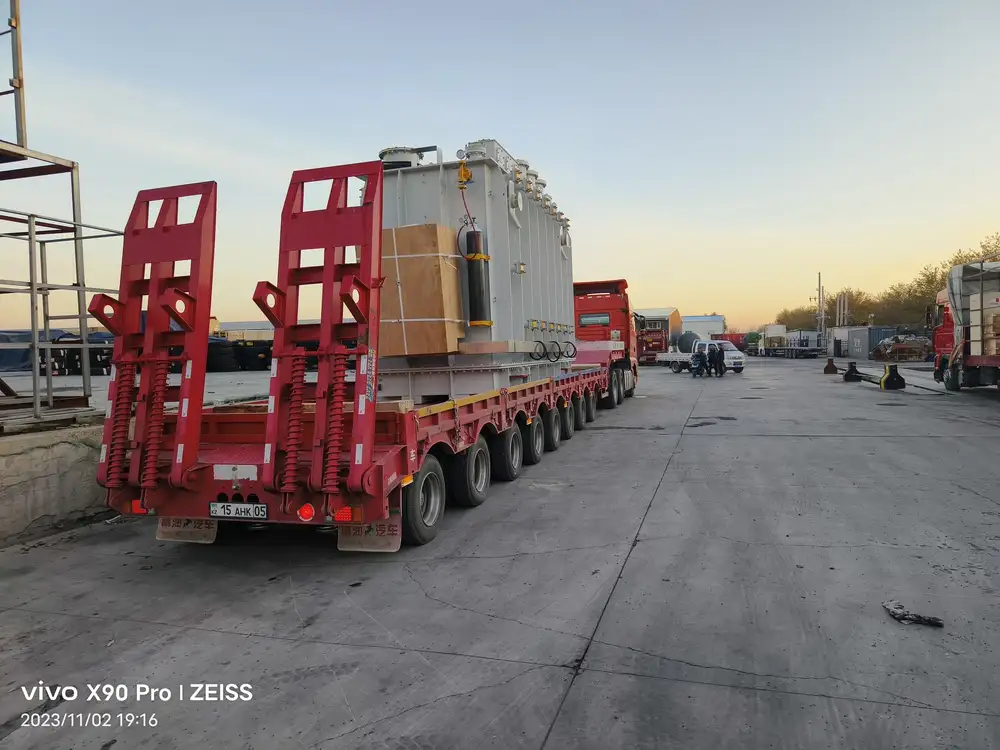
Components of a Semi-Trailer Truck
To fully understand their functionality, an in-depth look at the different components is necessary:
| Component | Description |
|---|---|
| Tractor Unit | The front part that houses the engine and cab for the driver. |
| Semi-Trailer | The rear part that is connected to the tractor, where cargo is loaded. |
| Fifth Wheel | The connection point between the tractor and the semi-trailer for support. |
| Axles | Support the weight of the cargo and provide mobility for the trailer. |
| Suspension System | Absorbs shocks from the road, improving handling and load distribution. |
Types of Semi-Trailer Trucks
There is a wide variety of semi-trailer types designed for specific purposes, addressing various shipping needs:
- Flatbed Trailers: Ideal for transporting heavy machinery and oversized cargo.
- Refrigerated Trailers (Reefer Trailers): Used for transporting perishable goods such as food and pharmaceuticals, maintaining a controlled temperature.
- Tank Trailers: Designed for liquid transportation, capable of carrying anything from fuel to chemicals.
- Enclosed Trailers: Enclosed sides provide protection for cargo against weather conditions and theft.
Historical Milestones in Semi-Trailer Truck Development
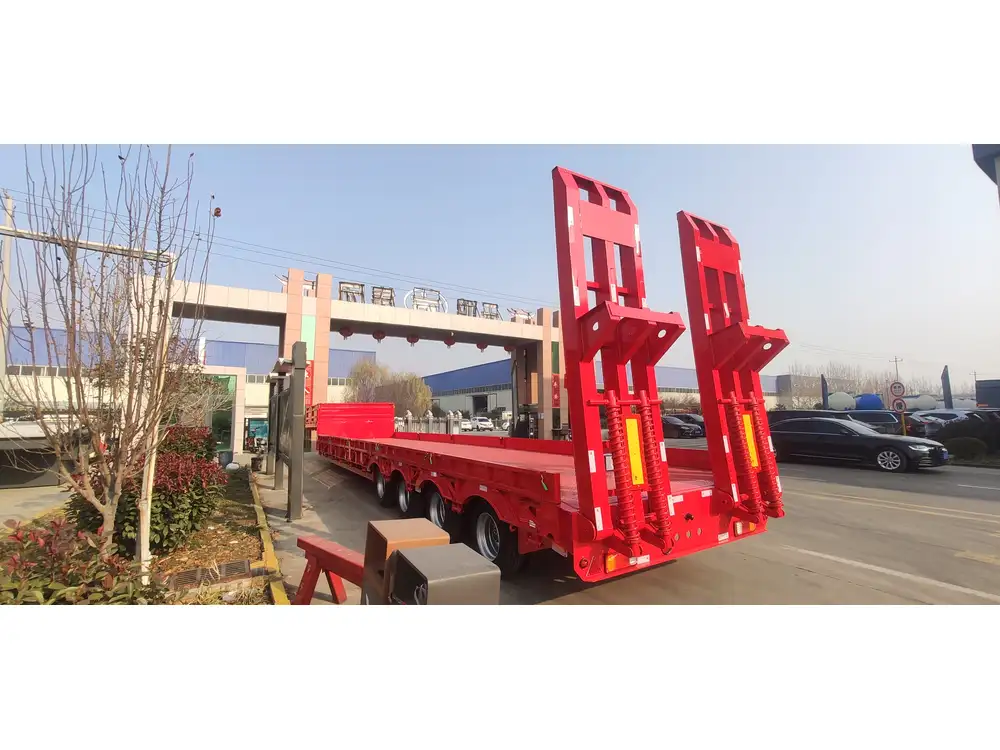
1910s-1930s: The Foundation of the Industry
The concept of a semi-trailer truck began to gain traction during this period. Early adopters included freight companies that recognized the advantages of trailers as a cost-effective solution to transport goods over long distances. Major manufacturers such as Mack and Kenworth emerged, laying the groundwork for future innovations.
1940s-1950s: The Golden Age of Trucking
Post-World War II, the economy in the United States thrived, resulting in increased demand for trucking. The federal government invested in the construction of highways, enhancing logistics and freight movements. This era saw innovations such as air-ride suspensions and more powerful diesel engines, increasing the efficiency and comfort of long-haul trucking.
1960s-Present: Modern Innovations
In the late 20th century, digital technology and automation began to infiltrate the trucking industry. The advent of electronic logging devices (ELDs) and GPS navigation transformed fleet management. Furthermore, environmental regulations led to more efficient engines with lower emissions, showcasing the industry’s adaptability.
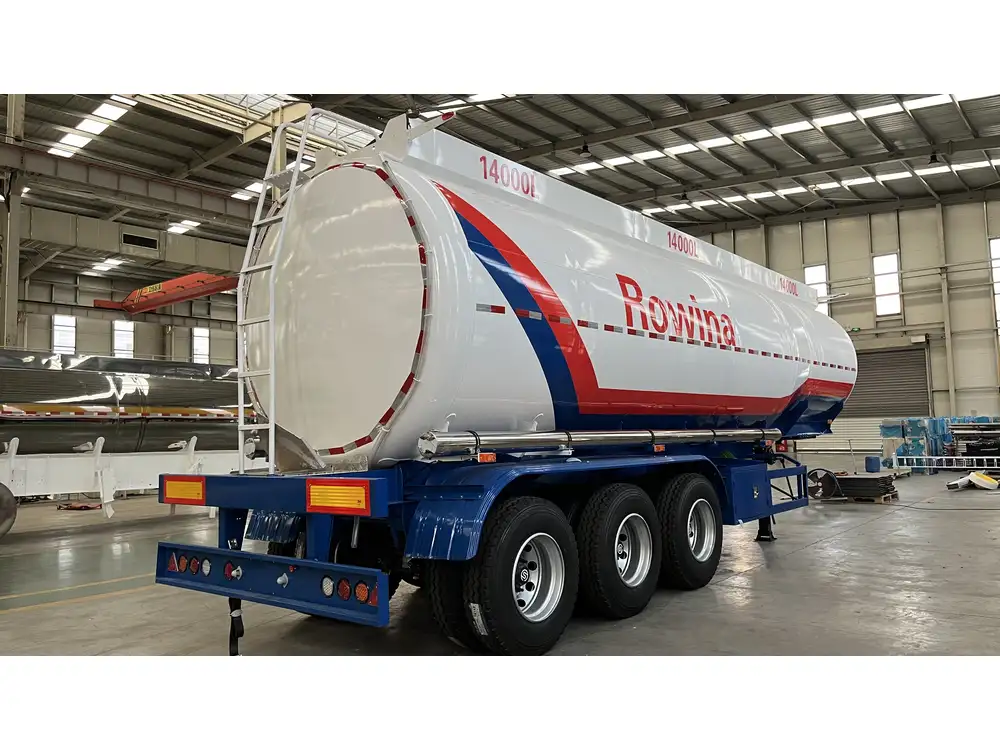
The Impact of Regulations on Semi-Trailer Trucks
Regulatory changes have significant implications for the semi-trailer trucking industry. These regulations cover aspects such as safety standards, weight limits, and environmental concerns, directly influencing the design and operation of semi-trailer trucks.
Weight and Size Regulations
The Department of Transportation (DOT) implements specific weight limits for semi-trailers traveling on federal highways. Understanding these guidelines is crucial for manufacturers and operators to ensure compliance.
Safety Standards
Safety standards impose requirements on semi-trailer design, mandating features like anti-lock braking systems (ABS) and electronic stability control systems (ESC). As a result, manufacturers must prioritize safety without sacrificing efficiency.

Environmental Regulations
Green initiatives and sustainability practices continue to reshape the semi-trailer trucking landscape. Policies aimed at reducing carbon footprints compel operators to invest in cleaner technologies, including alternative fuels and energy-efficient engines.
Economic Significance of Semi-Trailer Trucks
Contribution to GDP
Truck transport, specifically via semi-trailer trucks, significantly contributes to national economies. According to the American Trucking Association, a staggering 72.5% of freight in the U.S. is carried by trucks, demonstrating their critical role in logistics.
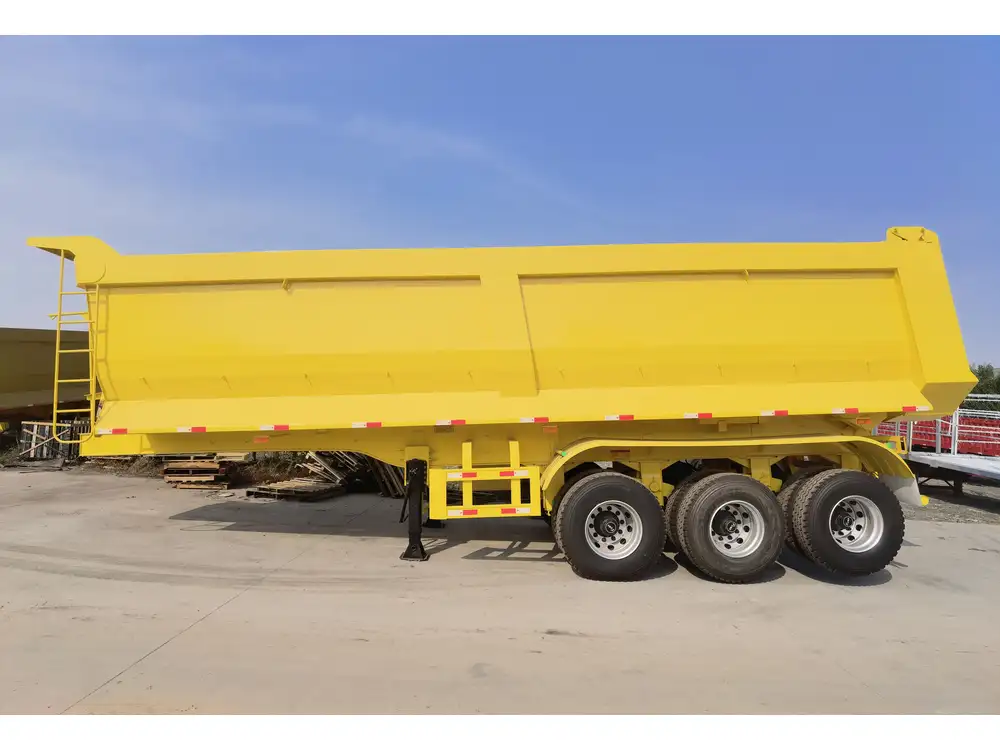
Job Creation
The trucking industry generates millions of jobs, including drivers, mechanics, and logistics personnel. The growth of e-commerce and increasing consumer expectations are further driving demand for skilled labor in the sector.
Innovations Driving Economic Growth
Technological advancements in semi-trailer trucks promote efficiency and reduce operational costs. As a result, businesses can pass these savings onto consumers, fueling economic growth and enhancing the market competitiveness of transport companies.
Challenges Facing the Semi-Trailer Trucking Industry
Despite its many advantages, the semi-trailer trucking industry is not without its challenges.
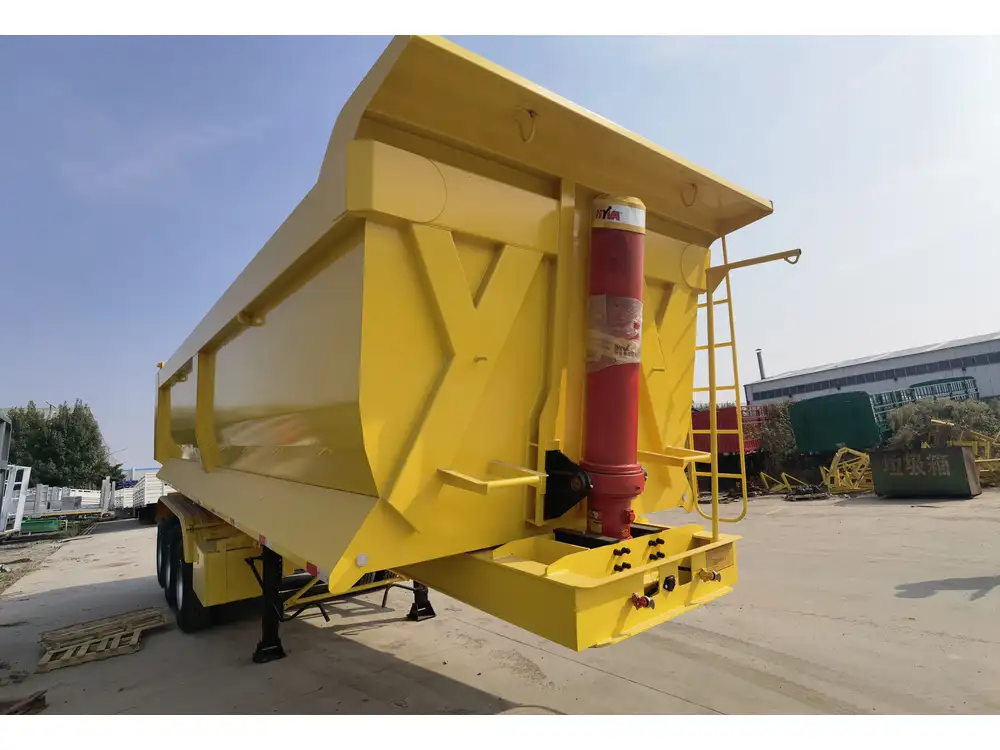
Driver Shortage
A lasting issue in the trucking industry is the persistent shortage of qualified truck drivers. Factors like long hours, extended periods away from home, and an aging workforce exacerbate the problem, leading to inefficiencies in the supply chain.
Fuel Costs
Fluctuations in fuel prices impact the profitability of trucking operations. Maintaining cost-effectiveness while adhering to regulatory standards for emissions and environmental responsibilities is a constant balancing act for operators.
Infrastructure Concerns
Aging infrastructure poses operational challenges, from road conditions affecting travel times to inadequate maintenance facilities for trucks. Investment in infrastructure improvements is vital to alleviate these issues and ensure a smooth flow of goods.

Future Trends in Semi-Trailer Trucks
As we move forward, the semi-trailer trucking industry is expected to continue evolving. Some key trends shaping this future include:
Automation and Smart Technology
Automation, including autonomous trucking and smart technology integration such as AI and IoT, promises to revolutionize the industry. Improved efficiency, reduced driver fatigue, and enhanced safety measures could be the hallmarks of this technological shift.
Sustainability and Alternative Fuels
As environmental concerns grow, the trucking industry is increasingly focused on sustainability. The exploration of alternative fuels such as electric, hydrogen, and biofuels could reshape the operational landscape, ushering in a greener era of freight transportation.

The Internet of Things (IoT)
IoT integration offers significant advancements in monitoring and maintenance. Sensors embedded in trailers will provide real-time data on cargo conditions, trailer performance, and driver behavior, allowing companies to make informed decisions and enhance overall efficiency.
Conclusion: A Testament to Innovation
The history and evolution of semi-trailer trucks reflect a compelling narrative of innovation and adaptation. From their humble beginnings in the early 20th century to their current status at the forefront of the transportation industry, semi-trailer trucks exemplify the relentless pursuit of efficiency, safety, and economic growth.
As the industry continues to advance — driven by technology, regulatory adjustments, and changing market demands — semi-trailer trucks will remain indispensable. Understanding their past allows us to appreciate the role they play in shaping our future. Every time a semi-trailer truck navigates the highways and byways, it tells a story of progress, power, and an unyielding spirit of innovation.



